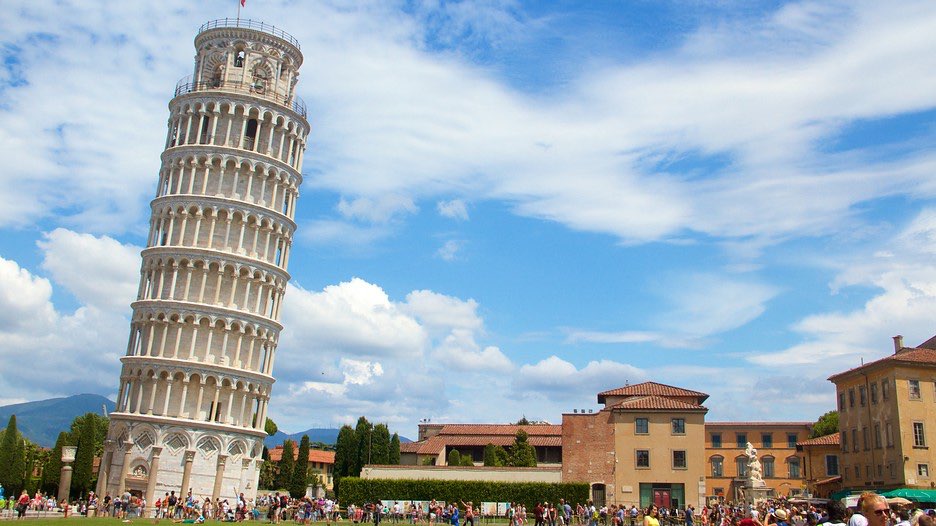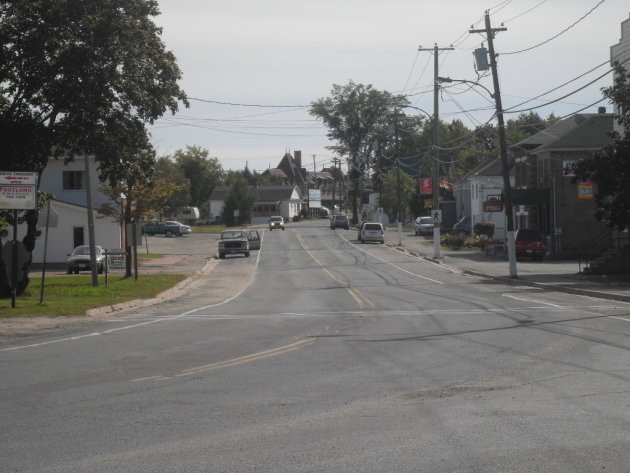
Leaning Tower of Pisa 500-year mystery revealed – how does the tower really stay up?.
Tourists from all over the world flock to the Leaning Tower of Pisa each year to admire the architectural oddity – or, in most cases, just to stage a photo to make it look as if they are pushing against it.
Leaning precariously at a five-degree angle, the offset at the tower is as much as five metres, which begs the question: how did the 58-metre tower survive all these years, despite the region being hit with at least four strong earthquakes since 1280?
This has mystified engineers for centuries, but a team led by the University of Bristol has finally solved it, thanks to some considerable research through available data.
After studying available seismological, geotechnical and structural information, the research team concluded that the survival of the tower can be attributed to a phenomenon known as dynamic soil-structure interaction (DSSI).
Thanks to a combination of the considerable height of the tower and the softness of the foundation soil, the vibrational characteristics of the structure are modified so substantially that it does not resonate with earthquake ground motion.
This has been the key to its survival, the team said, and the unique combination of these characteristics gives the Leaning Tower of Pisa the world record in DSSI effects.
Speaking of the findings, Prof George Mylonakis from the university’s department of civil engineering said: “Ironically, the very same soil that caused the leaning instability, and brought the tower to the verge of collapse, can be credited for helping it survive these seismic events.”
Results from the study have been presented to international workshops and will be formally announced at the 16th European Conference in Earthquake Engineering taking place in Thessaloniki, Greece, next month.













